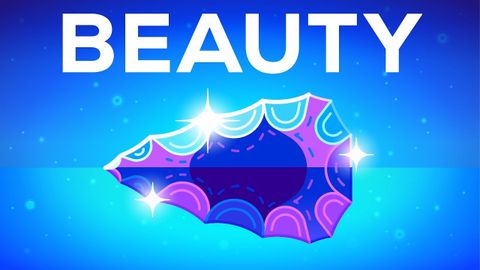美しいものがなぜ私たちを幸せにするのか-美容を解説 (Why Beautiful Things Make us Happy -Beauty Explained)
nmfmn が 2021 年 01 月 14 日 に投稿  この条件に一致する単語はありません
この条件に一致する単語はありませんUS /ˌɪndəˈvɪdʒuəl/
・
UK /ˌɪndɪˈvɪdʒuəl/
- n. (c.)個人;個々の項目;個体;個人競技
- adj.個人用の;個人の;個々の;独特の
US /ˈprɑsˌɛs, ˈproˌsɛs/
・
UK /prə'ses/
- v.t.(コンピュータの)データを処理する;処理する;処理する;一連の工程を経る;加工する : 加工処理する;理解する
- n. (c./u.)手続き;一連の行為;方法;訴訟手続き;プロセス (コンピューター)
US /ˈɪnˌstɪŋkt/
・
UK /'ɪnstɪŋkt/
エネルギーを使用
すべての単語を解除
発音・解説・フィルター機能を解除

